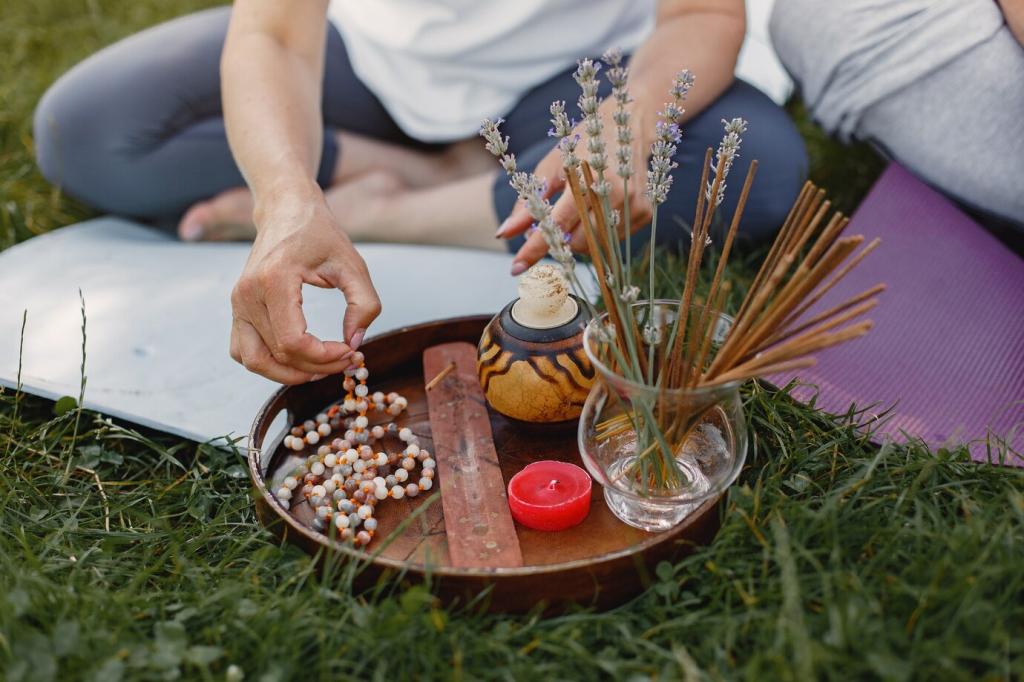Science-Backed Benefits of Breath Awareness
Slow breathing can increase heart rate variability, a marker of adaptability, via vagal influence. Breath awareness meditation practices often decrease perceived stress. Track your baseline with a simple check-in: rate tension before and after five calm cycles and observe trends.
Science-Backed Benefits of Breath Awareness
Returning to the breath strengthens meta-attention—the ability to notice mind-wandering sooner. Over weeks, people report longer focus spans and fewer impulsive clicks. Share whether breath awareness meditation practices help you write, study, or create with steadier concentration.
Science-Backed Benefits of Breath Awareness
Longer, softer exhales ease hyperarousal that delays sleep. Breath awareness meditation practices before bedtime can shorten sleep onset latency and reduce nighttime rumination. Experiment for seven nights and tell us how your wind-down breathing influenced restfulness upon waking.
Science-Backed Benefits of Breath Awareness
Lorem ipsum dolor sit amet, consectetur adipiscing elit. Ut elit tellus, luctus nec ullamcorper mattis, pulvinar dapibus leo.



